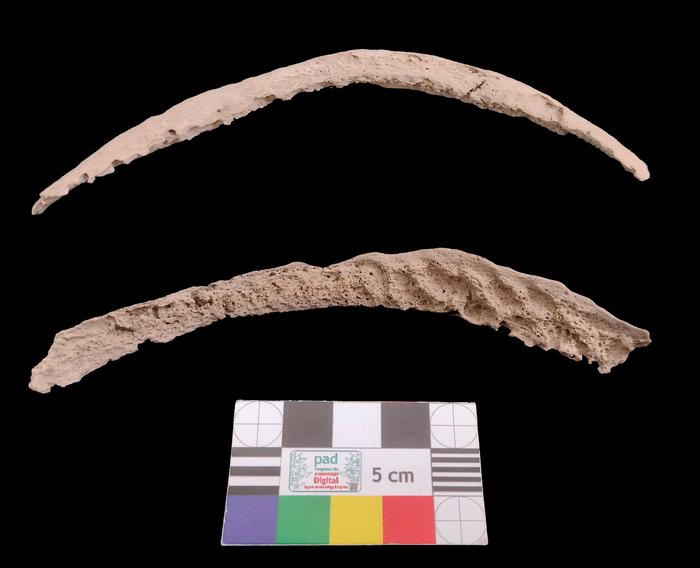A new laser-based artificial neuron processes information a billion times faster than biological neurons while preserving the sophisticated functionality of natural nerve cells.
Published in Optica | Estimated reading time: 4 minutes
Researchers at the Chinese University of Hong Kong have achieved a breakthrough in neuromorphic computing with a laser-based artificial neuron that faithfully mimics biological nerve cell functions at unprecedented speeds. The innovation could transform how artificial intelligence handles complex pattern recognition and sequence prediction tasks.
“Our laser graded neuron overcomes the speed limitations of current photonic versions of spiking neurons and has the potential for even faster operation,” said research team leader Chaoran Huang from the Chinese University of Hong Kong. The team’s quantum-dot laser neuron processes data from 100 million heartbeats or analyzes 34.7 million handwritten digital images in just one second.
Breaking Through Speed Barriers
The team overcame traditional speed limitations by taking a novel approach: injecting radio frequency signals into the quantum dot laser’s saturable absorption section rather than the conventional gain section. They also designed specialized radio frequency pads for enhanced speed while maintaining energy efficiency.
In practical applications, the system detected cardiac arrhythmias with 98.4% accuracy while processing 100 million heartbeats per second. For pattern recognition tasks, it achieved 92.3% accuracy in classifying handwritten digits while processing 34.7 million images per second.
“Our technology could accelerate AI decision-making in time-critical applications while maintaining high accuracy,” said Huang. “We hope the integration of our technology into edge computing devices will facilitate faster and smarter AI systems that better serve real-world applications with reduced energy consumption in the future.”
Key Terms
- Neuromorphic Computing
- Computing systems designed to mimic the architecture and function of biological neurons
- Quantum Dot Laser
- A specialized laser using quantum dots as the gain medium, enabling precise control of light emission
- Reservoir Computing
- A computational method using a specialized neural network to process time-dependent data
Test Your Knowledge
How much faster is the laser neuron compared to biological neurons?
The laser neuron processes information approximately one billion times faster than biological neurons.
What is the accuracy rate for arrhythmia detection?
The system achieved 98.4% accuracy in detecting arrhythmic patterns.
Why does the team’s approach avoid traditional speed limitations?
They inject radio frequency signals into the quantum dot laser’s saturable absorption section instead of the gain section, avoiding the delay that typically limits response time.
What makes this system more energy efficient than previous versions?
The electrical-injected laser neuron doesn’t require external laser pumps and modulators, reducing hardware costs and energy consumption.
Enjoy this story? Subscribe to our newsletter at scienceblog.substack.com.































![‘Survivor 47’ Finale Recap Part 2, [Spoiler] Wins ‘Survivor 47’ Finale Recap Part 2, [Spoiler] Wins](https://tvline.com/wp-content/uploads/2024/12/survivor-finale-part-2-cbs.jpg?w=650)





















